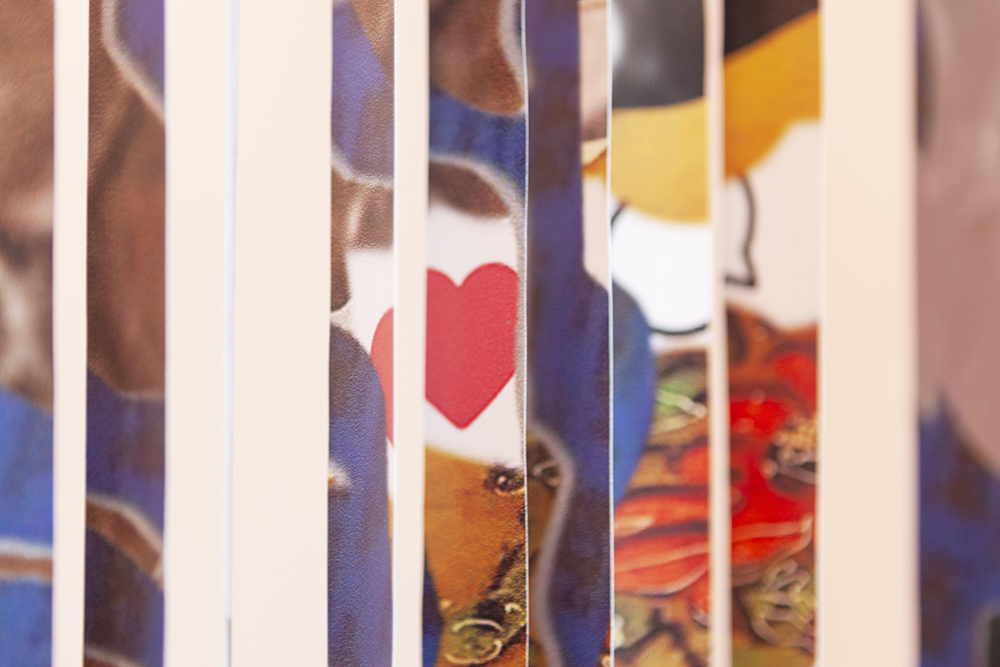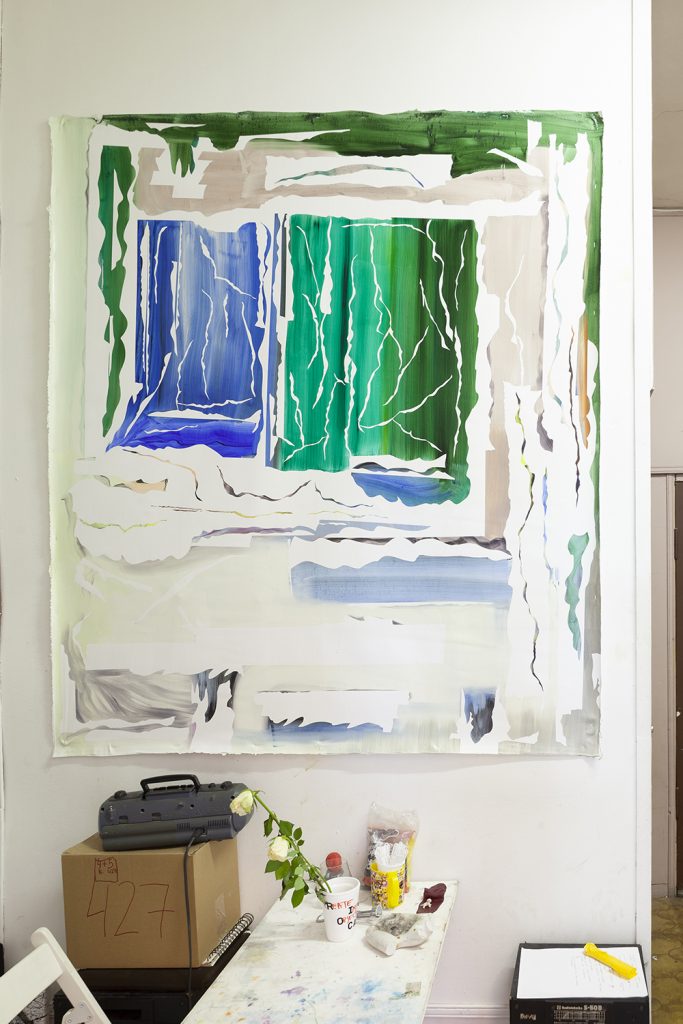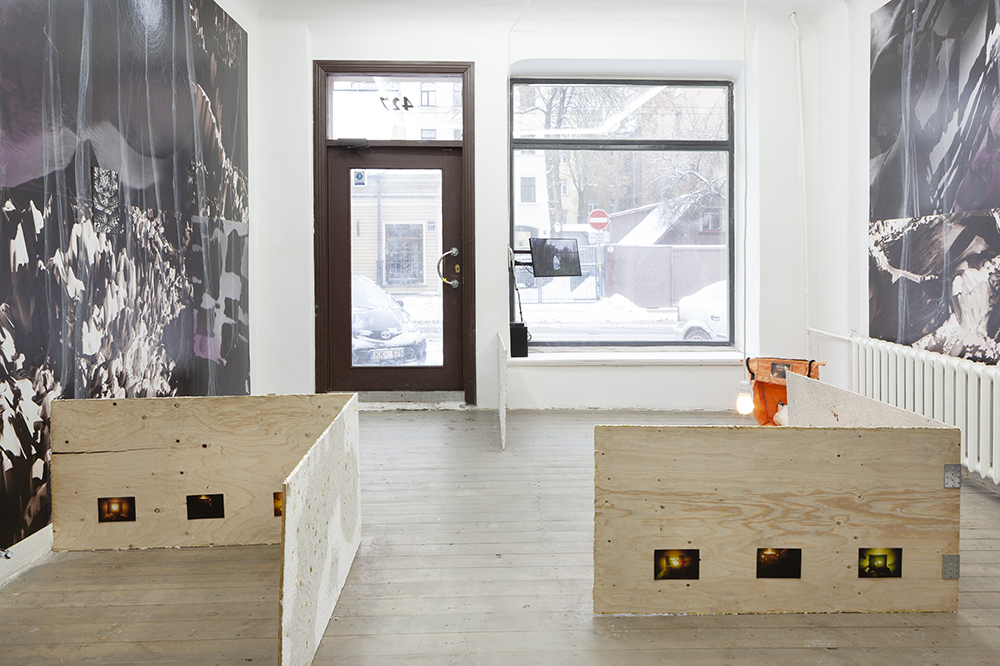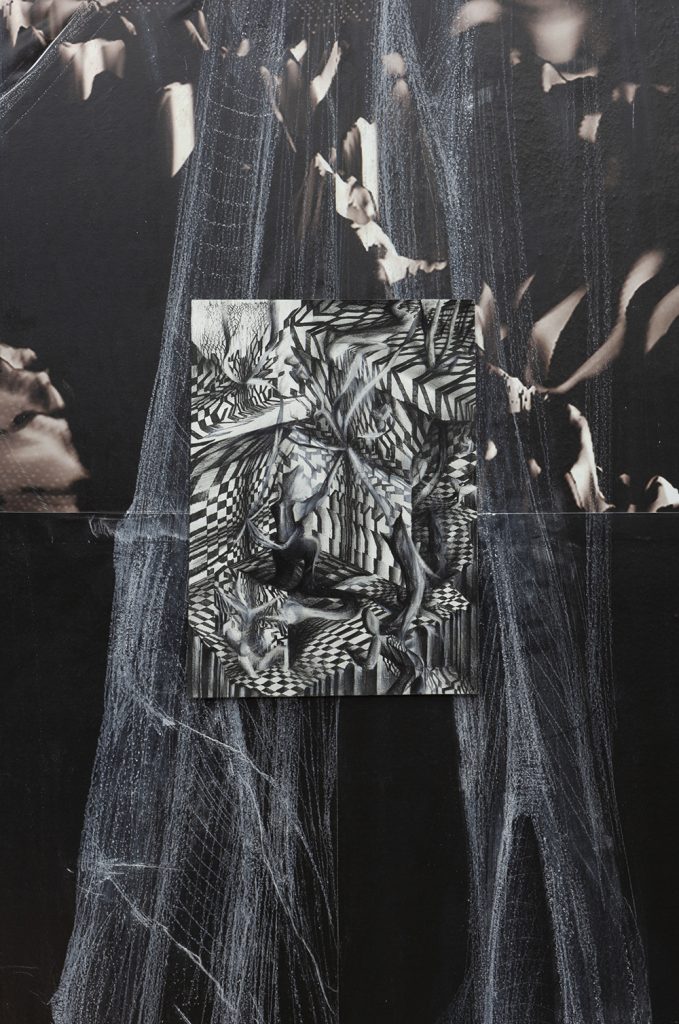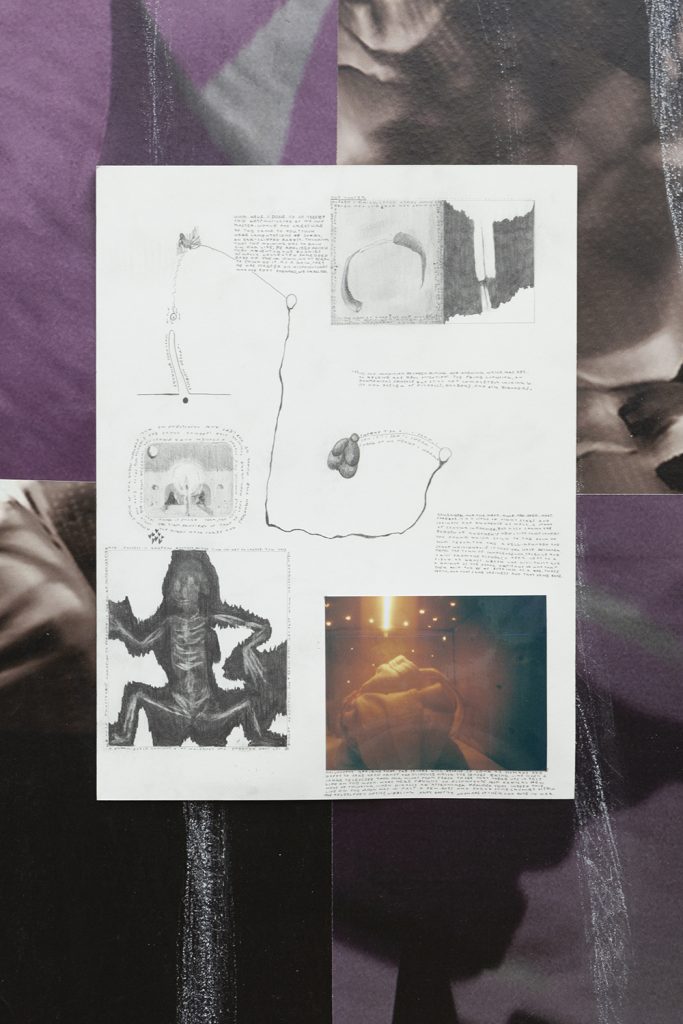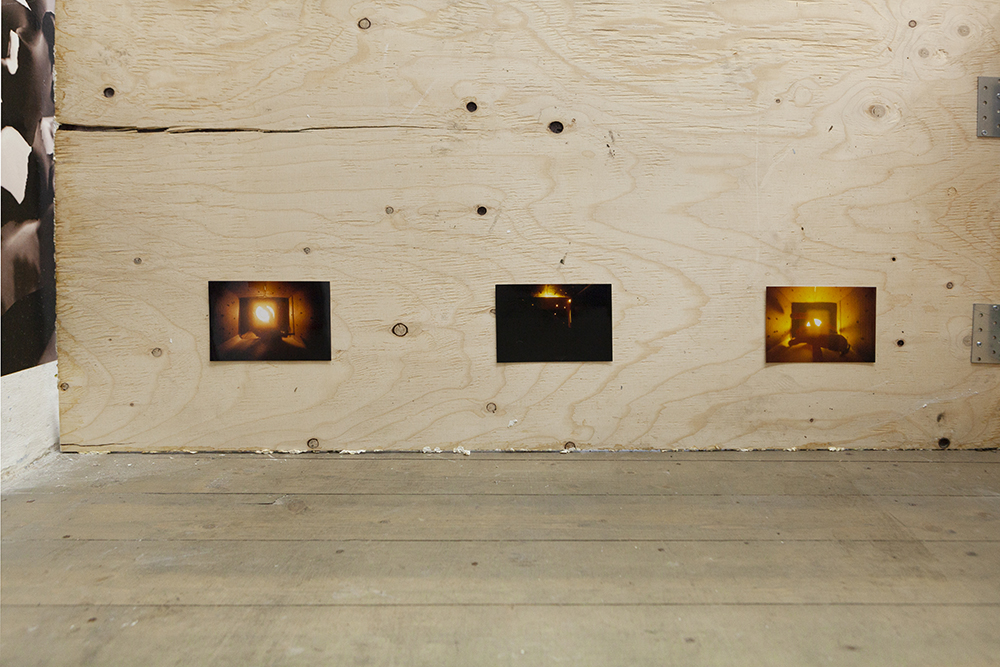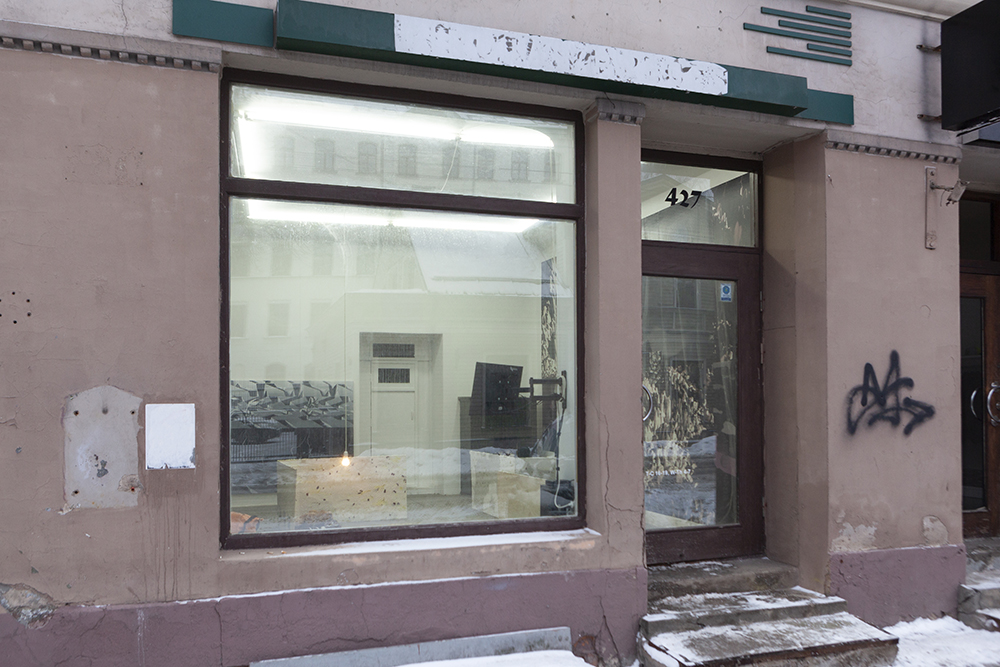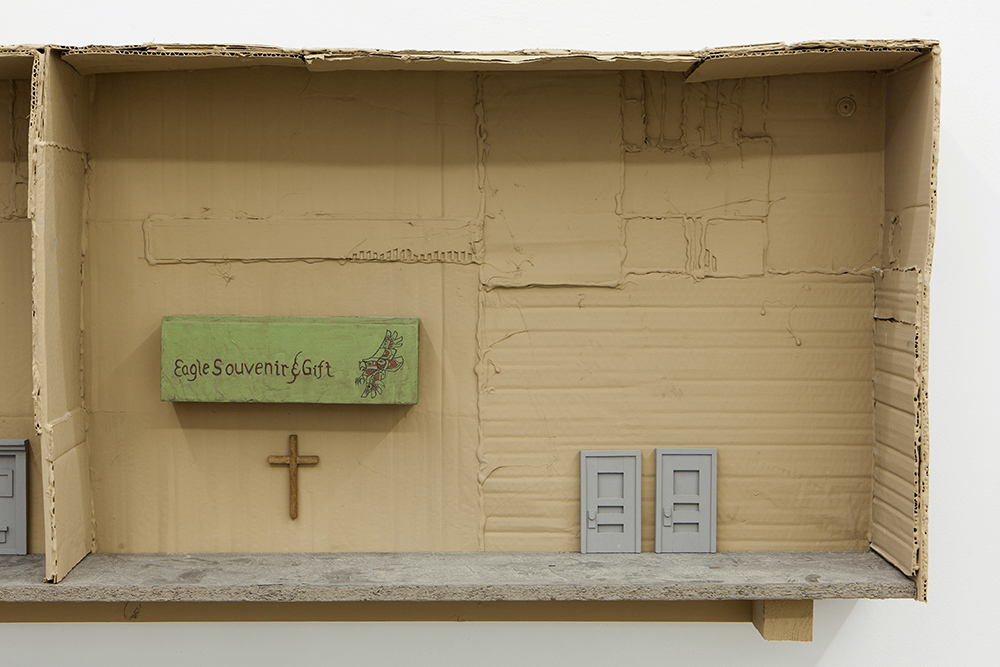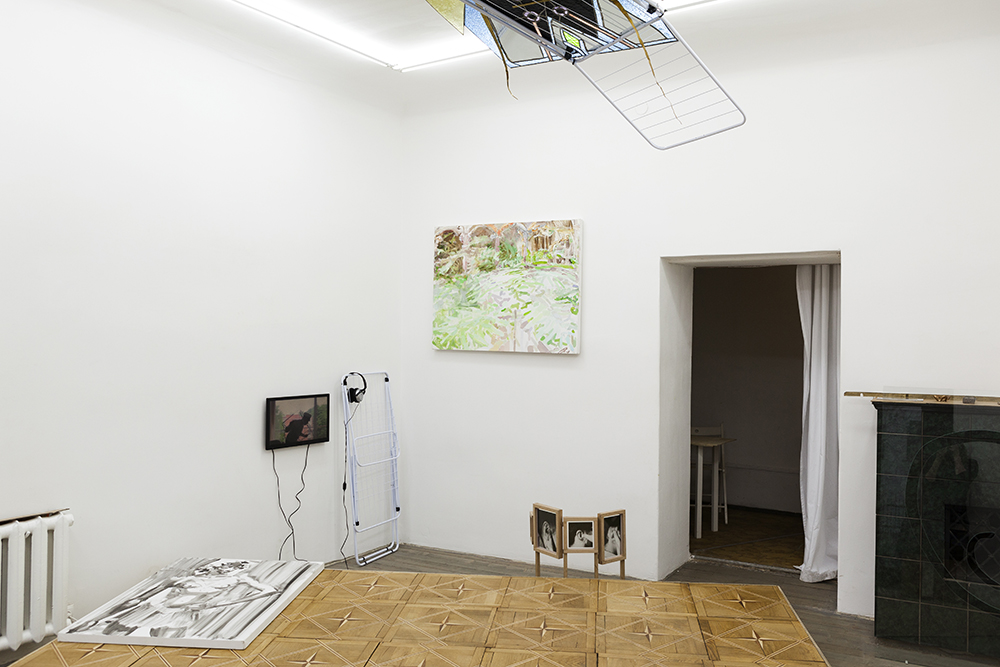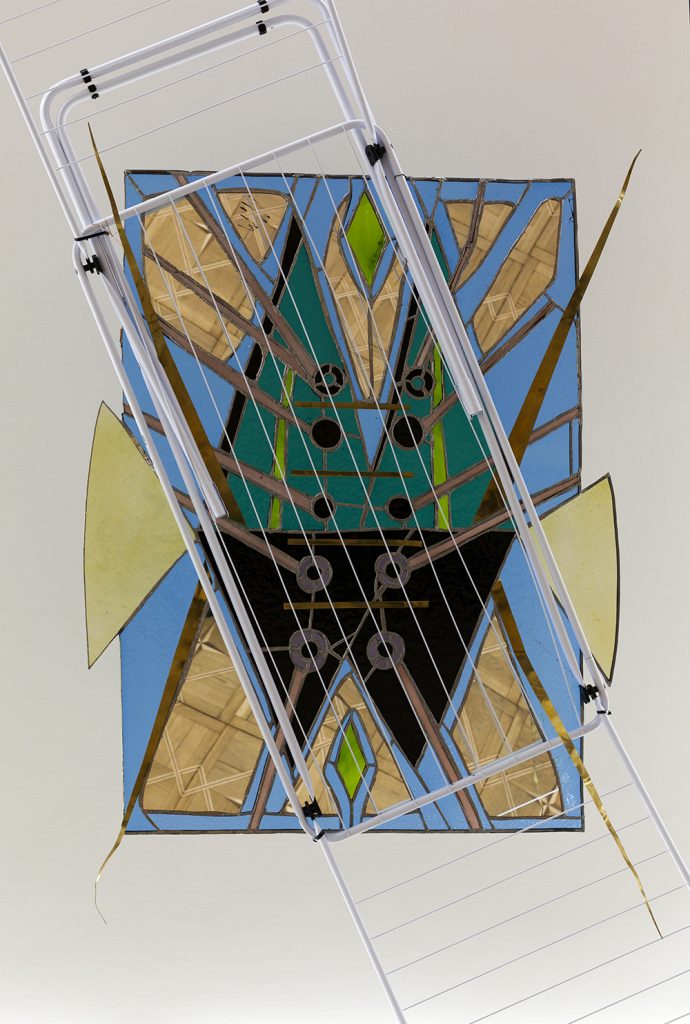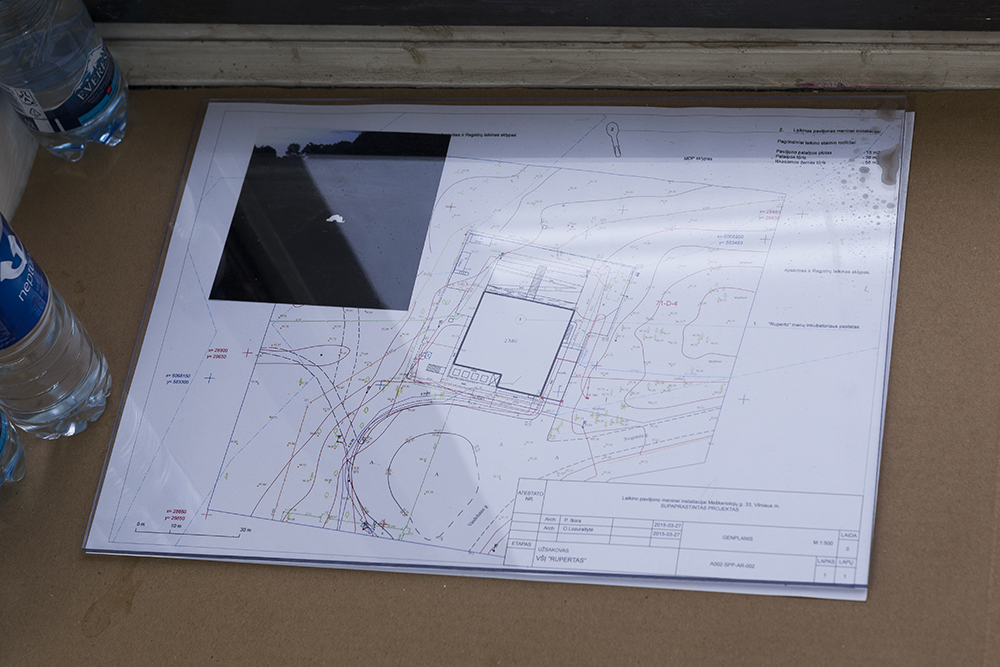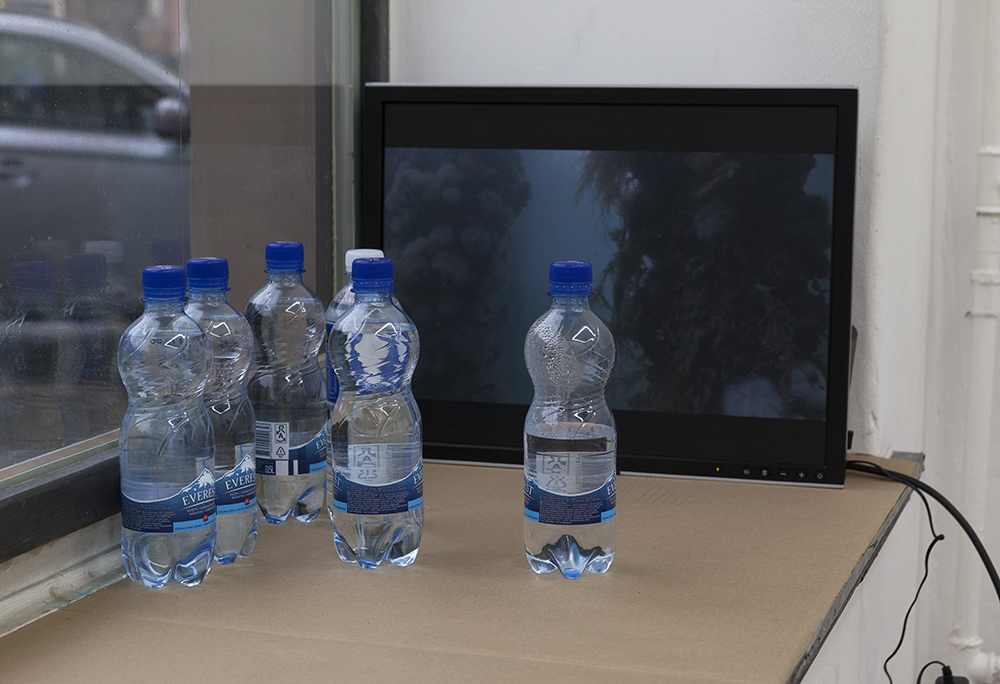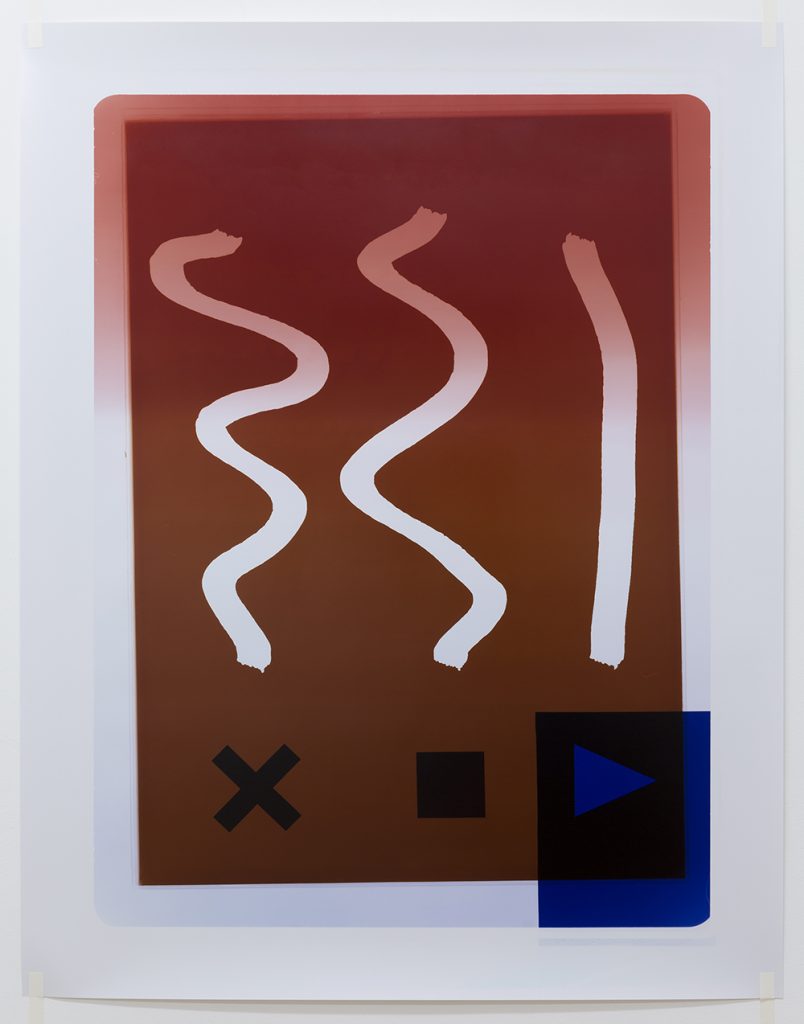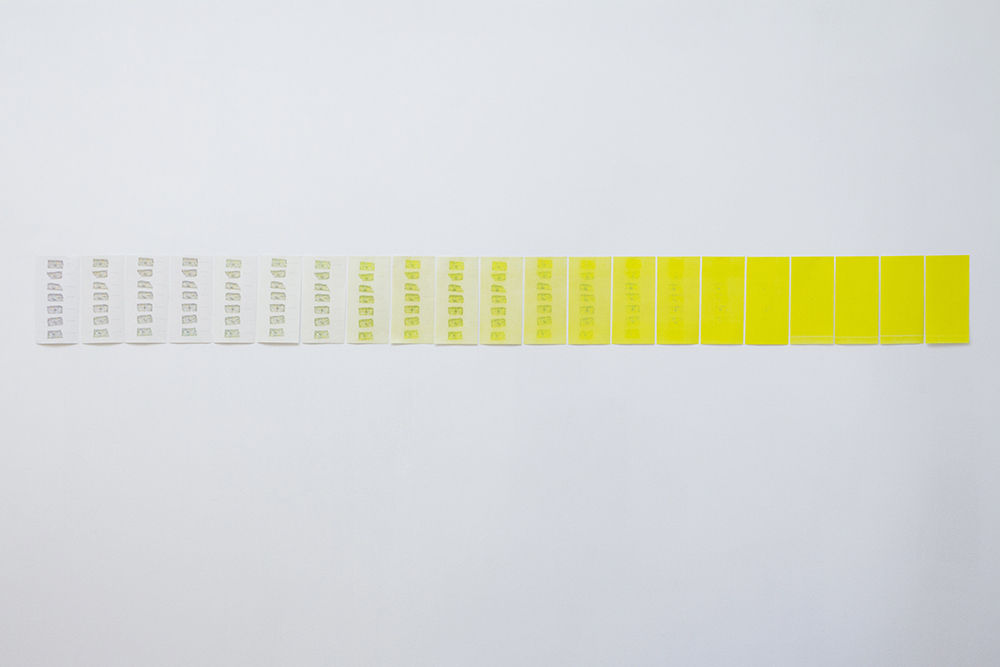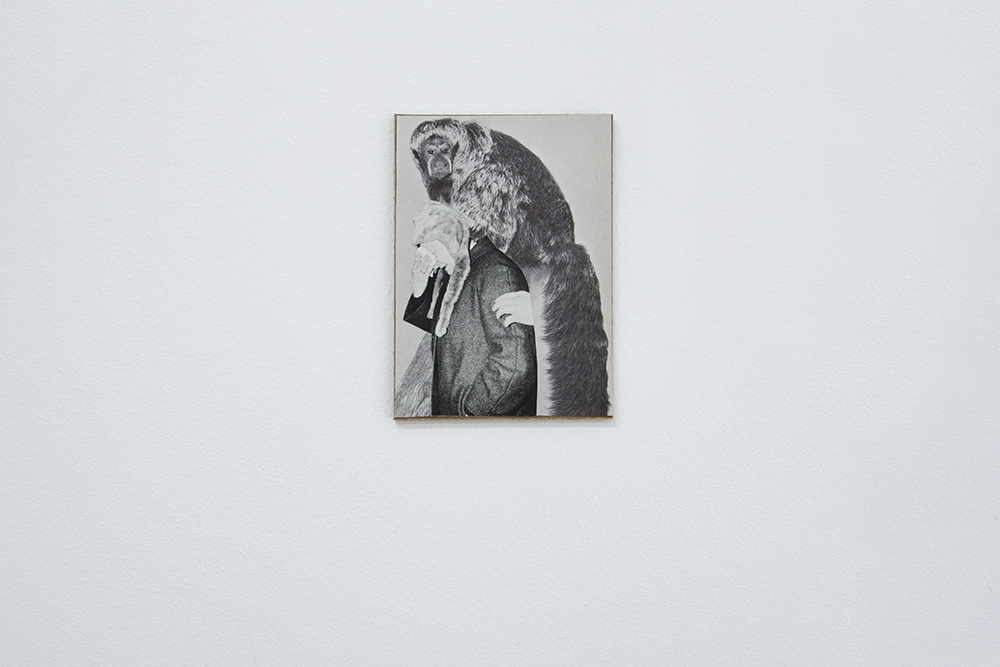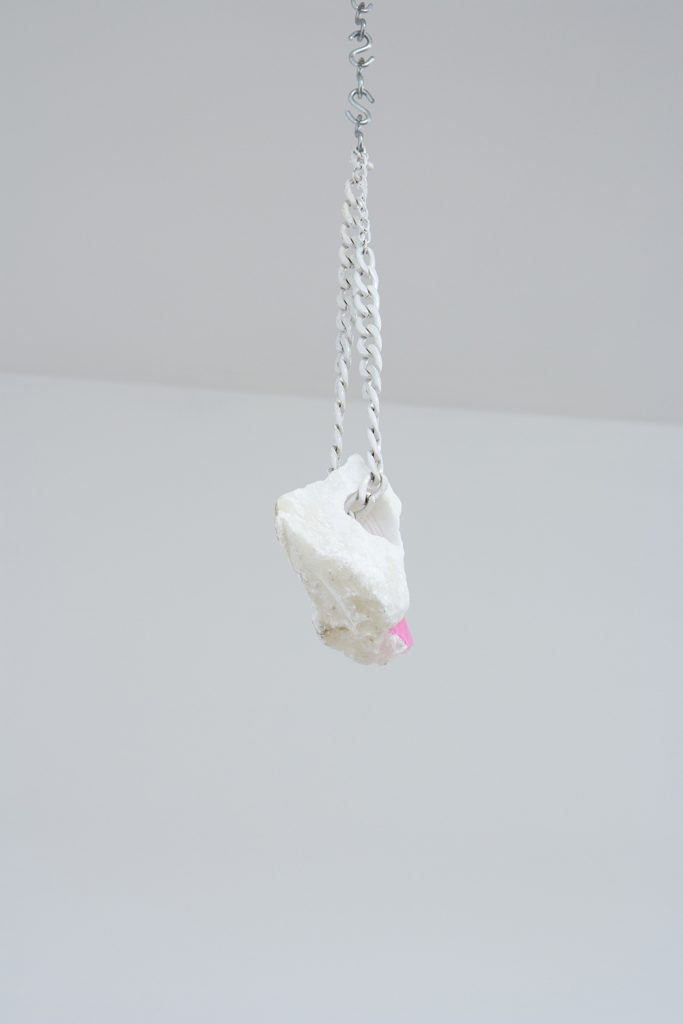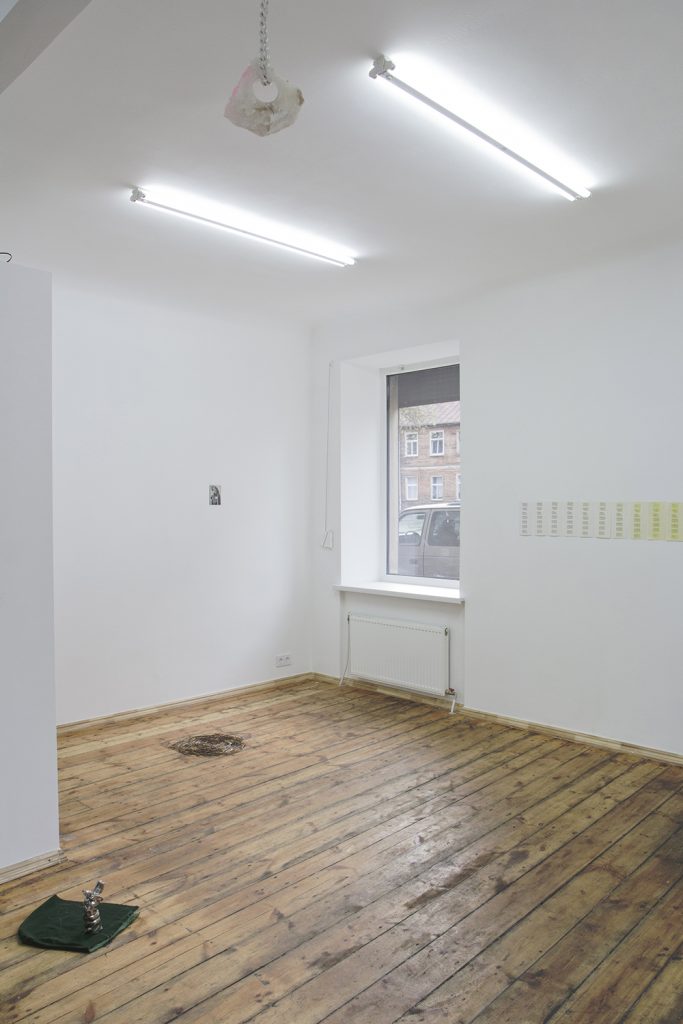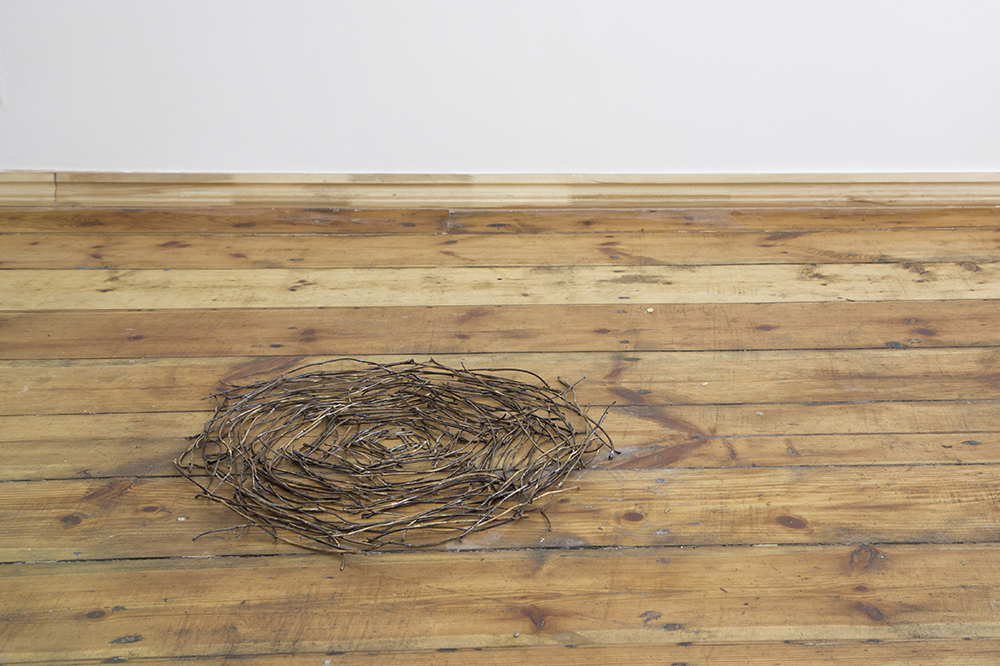First thirst Flesh blush
Bogna Wisniewska
through conversations
with curator Katie Lenanton
9/03 – 11/04/2019
Smitten, making a space together, fresh paint, treats, eyelashes, thinking of your eyes / hearts / stomachs, no sorries, not guilty about pleasure, first flush.
Dear Bogna,
The first time I ate a Karelian pie (karjalanpiirakka), I anticipated heady pleasure—the salty tang of cheese—but instead found myself masticating a bland potato-y paste. My tongue went searching for something that wasn’t present here, but I knew existed.
Perhaps now you anticipate where this is going. After frequenting so many exhibitions, solo searching, hoping to be moved, I saw a painting so audacious I laughed on the spot. I looked around grinning wildly, trying to intercept a gaze, hoping to share the sensation of facing off against a 2.5m piirakka, gamboling brush strokes, pillowy, reverent, wide-eyed ridiculous, self-deprecating, generous, sincere. That it existed (in that moment, in that place, counter to all prior exhibition impressions that would be too cumbersome and boring to recount) made me so happy. Fuck, thinking of it now, I’m breathless and stunned.
Months later, curiously googling your name after another out-and-about encounter, I gasp and we three are (re)united.
I get so much pleasure starting every day smiling at this piirakka you have kindly loaned me, and of course this pleasure is inseparable from our friendship, a thing suffused with pleasures—comfortable company, uncomfortable honesty, unwavering support, a space to test how things sound out loud, exposure, things moving through us, a working exchange that makes all the other aspects of artworking worth it (+ the feasting and skumppa and shared witnessing and adventures, and for me at least, a deep satisfaction around all that is unspoken).
You know that so often I become despondent, wondering what a painting (what making a thing) can do these days that exists outside the maker’s desire to make visual their unfolding thinking, inscribe moments, enshrine, provide others access to their lens, make the air more toxic, permit an inhabiting rather than an articulating. Can painting not be selfish?
You let me peel off some tape, and as I saw parts of their surface discarded, I realised these paintings-in-progress privilege residue. They are decidedly unsentimental. They are generous in that your lens is there, but you provide a green screen too, for others to project and meld their lens with yours. A soft, shared making of space, welcoming others into a sphere of affinity. A thing worth doing.
Hanging out to think about Riga, we are aware that something is coming. For more than 17 years you have trusted painting, and I trust you. The other day I mentioned the word precipice. I’m so happy to be teetering here with you.
With love,
Katie
Bogna Wisniewska ( b.1988, Poland ). Lives and works in Helsinki. Since 2018 member of artist run gallery SIC in Helsinki. Selected exhibition include “Altered Flakes” SIC, Helsinki, Finland 2018; “fullonornamental” 2,04 gallery, St. Petersburg, Russia 2018; ”kesärulla/ summer roll” SIC Helsinki, Finland 2017;“rethinking digitalisation” Exhibition Laboratory, Helsinki, Finland 2017.
Support: VKKF, Arts Promotion Centre Finland Taiteen edistämiskeskus – Taike, The Paulo Foundation, Finnish Cultural Foundation
Photos: Līga Spunde














